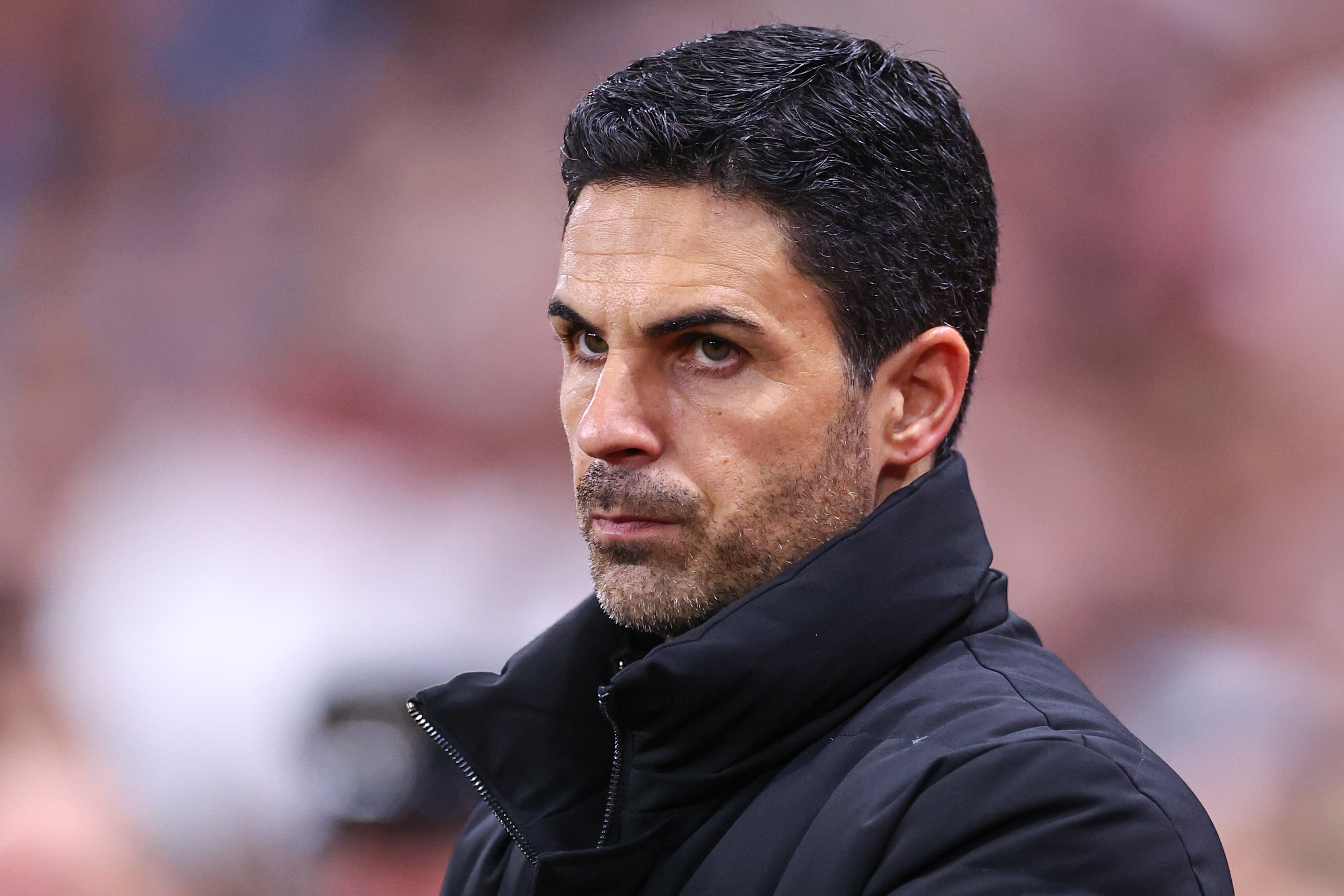Soccermatics: What these passing networks tell us about England, Ireland, France and Germany
Maths professor David Sumpter draws some early findings from the first set of Euro 2016 matches…
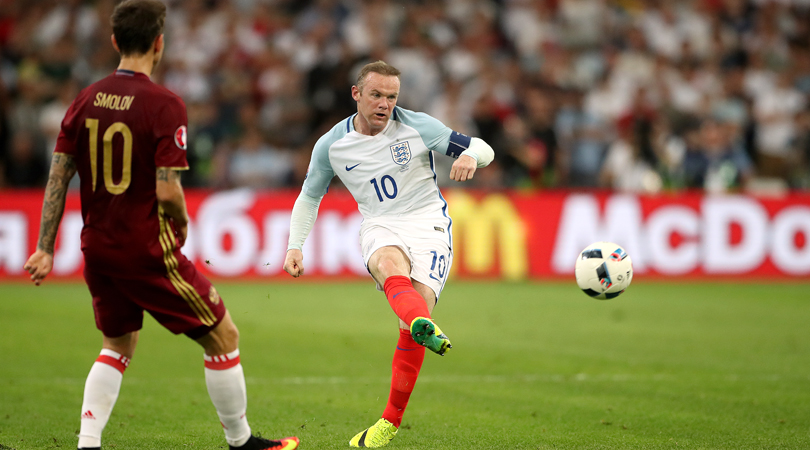
In club football, each team has its own style of play. Arsenal have an intense build-up in front of and into the box, Leicester focus on rapid counter-attack and long balls, and Southampton and West Ham look to put crosses into the box.
Until the matches started in this summer’s Euros, though, it was difficult to know exactly how the national teams were going to play. Pre-tournament friendlies, with all of the substitutions involved, don’t give a clear picture.
But now that we’ve seen the first round of matches, we can start to build a clearer picture of Europe’s different styles.
Let’s start with England.
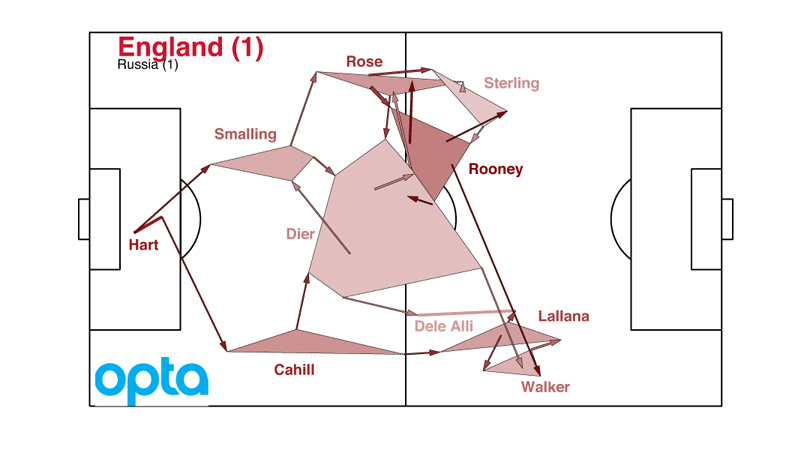
In the plot above, arrows connect all players who completed more than five passes during the match. The arrows start where the ball was (on average) passed from, and end where the ball was received.
The diagram shows just how important Eric Dier is in the England build-up. He made forward passes to Dele Alli and Kyle Walker on the right, where England were most dangerous. One concern might be that Harry Kane isn’t on the end of more than five successful passes from any player, but this statistic isn’t too unusual for an out-and-out striker.
Neuer the outfielder
The best features, fun and footballing quizzes, straight to your inbox every week.
Next up is Germany.
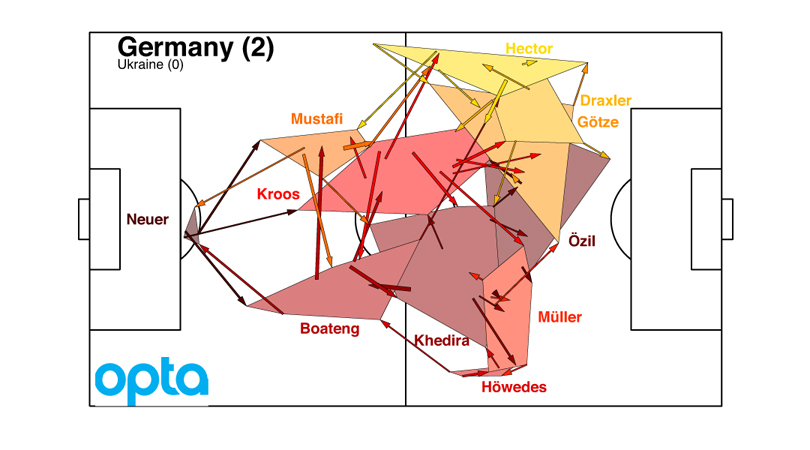
This is a picture of total attacking midfield domination, with Thomas Muller, Mesut Ozil, Mario Gotze and Julian Draxler covering the area in front of the box.
Manuel Neuer is heavily involved in build-up. Compare his passing position with Joe Hart in the England team. Neuer plays like an extra defender. Germany’s only concern is – as was seen in the two big chances Ukraine had during the match – that they might get too carried away in attack.
(Bad) luck of the Irish
In comparison to Germany, the Ireland team that drew against Sweden didn’t pass a great deal.
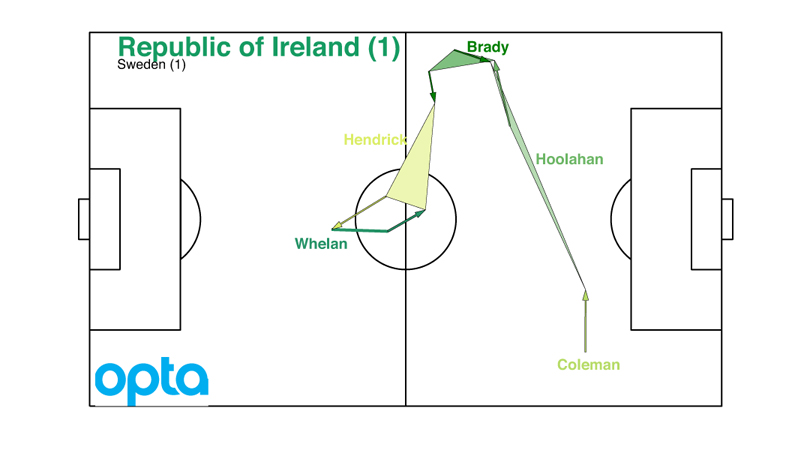
The most important connection here is between Robbie Brady and Wes Hoolahan, and it was Brady who caused lots of problems for the Swedish defence. Ireland were unlucky to only get a draw from the match, and demonstrated again that possession is not necessarily the key to playing effective football.
Kante the conductor
Finally, let’s look at the hosts France. Their play is built around three players who have excelled at their clubs this season: N’Golo Kante, Paul Pogba and Dimitri Payet.
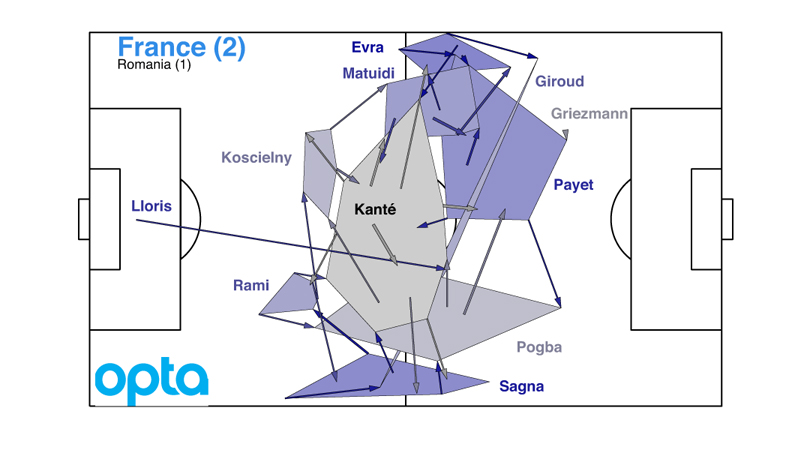
Kante was the centre of the team, switching play between the left and right wings. Payet was the real threat going forward, combining with Pogba a long way up the pitch.
The French passing is slightly less structured than that of Germany, and Antoine Griezmann hasn’t really found his place, but France are going to be a very exciting team to watch over the next few matches.
